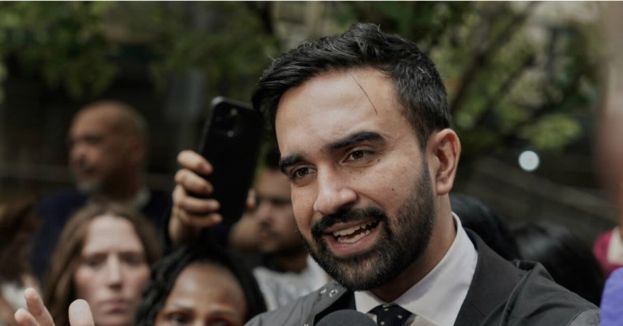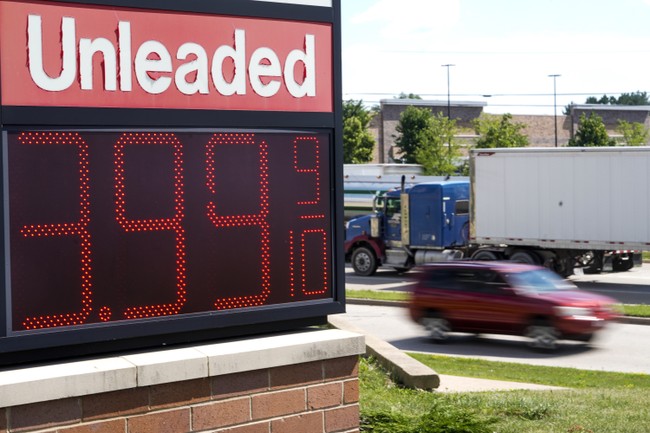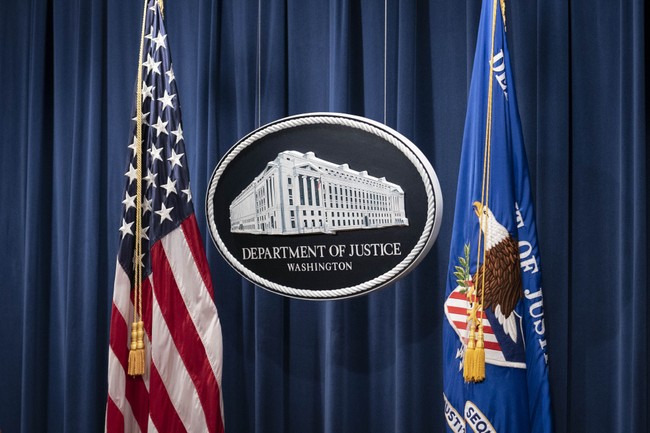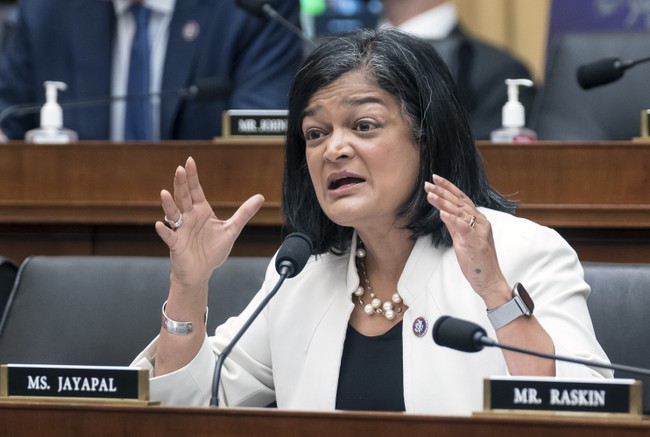
www.dailysignal.com
Bessent Warns Tariff Refunds Would Hurt Treasury, Vows Trump Has ‘Other Avenues’ if Supreme Court Strikes Down Powers
Treasury Secretary Scott Bessent joined NBC’s “Meet the Press” Sunday where he said he is “confident” the Trump administration will prevail in the Supreme Court regarding President Donald Trump’s ability to institute tariffs.
A 7-4 ruling from a federal appeals court in August declared that most of Trump’s tariffs are illegal according to the International Emergency Economic Powers Act of 1977. As CNBC reported, the court paused the ruling from taking effect until October 14 to give the administration time to appeal to the Supreme Court.
Additionally, multiple states and small businesses have contested Trump’s tariffs in a lawsuit, arguing they were causing significant economic harm.
If Trump’s ability to use tariffs were to be struck down, Bessent said “there are numerous other avenues” the administration can take, even though “they diminish President Trump’s negotiating position.”
When “Meet the Press” host Kristen Welker asked Bessent if the administration is prepared to offer rebates if the Supreme Court rules against it, he said the administration “would have to give a refund on about half the tariffs, which would be terrible for the treasury.”
Since April, “the U.S. bond market has been the best performing bond market in the developed world,” and banks like Barclays Bank and Goldman Sachs attribute it to the “tariff income and fiscal improvement.”
“That’s what President Trump is talking about,” Bessent said.
Fed Chair Jerome Powell’s term ends in May, and Bessent began interviewing possible successors on Friday.
“We want someone who has an open mind and will factor in different policies,” Bessent said. “We have seen that the Fed … has consistently overstated or overestimated GDP when Democrats are in office and consistently underestimated GDP when Republicans are in office.”
The post Bessent Warns Tariff Refunds Would Hurt Treasury, Vows Trump Has ‘Other Avenues’ if Supreme Court Strikes Down Powers appeared first on The Daily Signal.

















